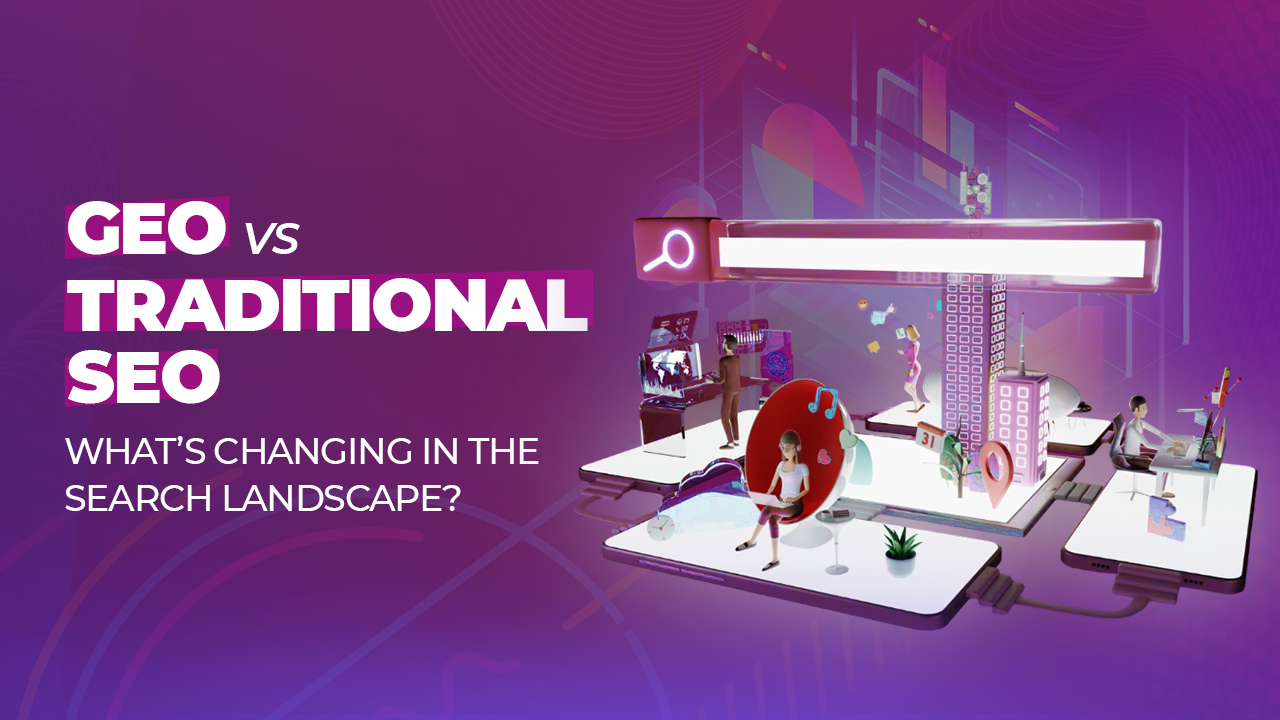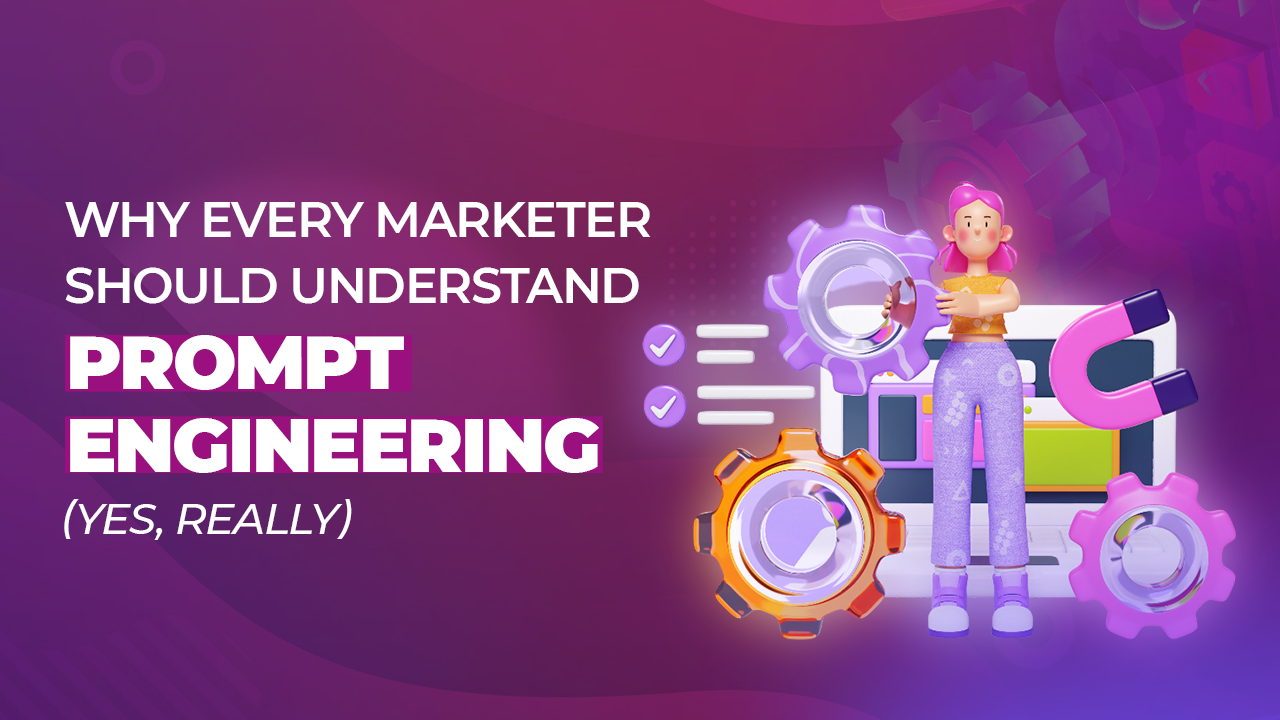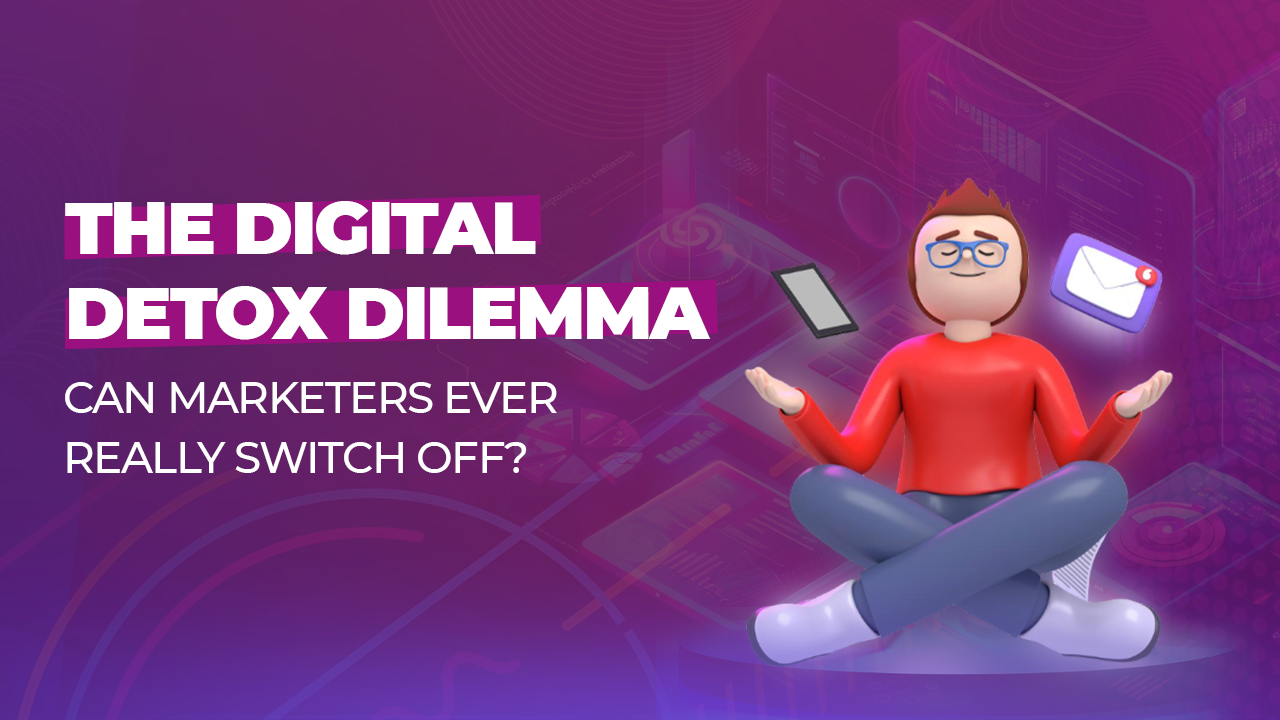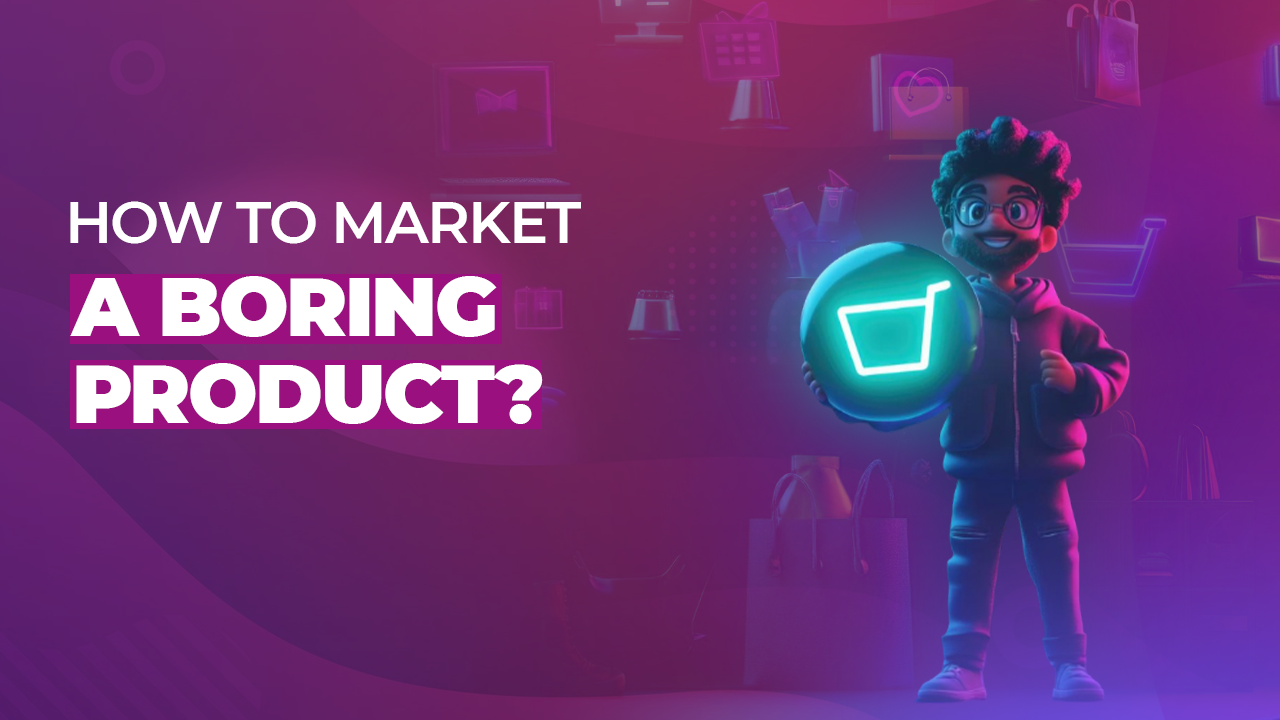 Back to Blogs
Back to Blogs
Art or Algorithm?
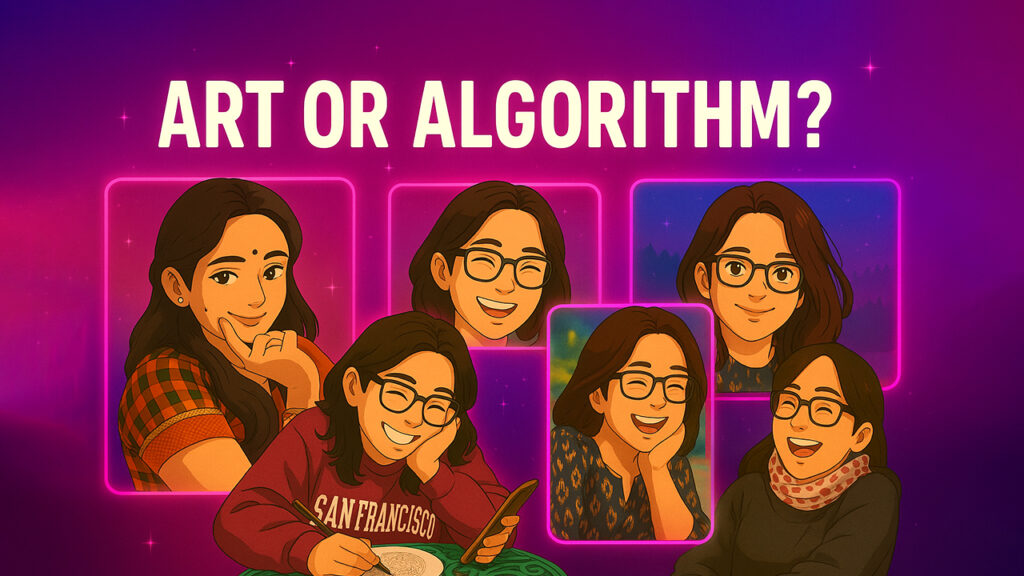
Written by Samhitha Mira
In the past couple of days, every time I’ve opened Instagram or LinkedIn, there’s at least one new post of a Studio Ghibli-style AI reimagination – someone’s dog as a Ghibli character, someone’s neighbourhood turned into a forest. It’s undeniably beautiful. But as I pause to admire the detail, another thought quietly slips in:
Is this really art?
Or more specifically – whose art is it?
Ghibli films are iconic not just because they’re visually stunning, but because of the sheer dedication behind them. Hundreds of thousands of hand-drawn frames, minimal CGI, years of effort. You can feel the love and time poured into every scene.
Now, with a few prompts and a well-worded caption, we can replicate that look in under 30 seconds. No drawing. No storyboarding. No real human input, other than a sentence. That’s the part that feels… off.
It’s not that the AI didn’t do a good job – it’s that it did too good a job, too easily.
⇥ We’re Not Anti-AI. But…
We love tech. We’re all for tools that make life easier, streamline workflows, or speed up those “staring at a blank screen” moments. I’ve tried out Midjourney, played with prompts, even used AI-generated mood boards in early concept stages. So this isn’t an anti-AI rant.
But when it comes to art – the kind that’s meant to move you, challenge you, make you feel something- the conversation needs to go a bit deeper.
Because if we start calling everything made by an algorithm “art,” what happens to the people who’ve spent years developing the skills to make that same thing by hand?
Here’s the crux of it: AI art is fast. It’s efficient. It’s stunning. But it skips the process, the learning, the struggling, the sketching, the evolving, the sleepless nights before a deadline, the dozens of versions before the final one clicks.
And maybe that’s what makes us uncomfortable. Not just the fear of being replaced (though let’s be honest, that’s part of it too). But the fact that AI makes art look effortless, when real art never is.
Funny thing, even the banner image for this blog was generated by ChatGPT. And honestly? I was a little surprised by how well it turned out. Is it perfect? Not really. But does it work for this blog? I think so. And maybe that’s the point…it works, but it still makes you think about what went into it… or what didn’t.
When something comes too easily, do we still value it the same way?
⇥ What Even Is Creativity Anymore?
We’re now in a place where creativity isn’t just about creating – it’s about curating, prompting, remixing. And while that’s not necessarily a bad thing, it does shift the conversation.
Typing a smart prompt into a text box and getting a gorgeous visual feels satisfying, but is it the same as imagining it, sketching it, refining it over days or weeks?
We don’t have a black-and-white answer. Honestly, no one does. But the debate is worth having.
For us, AI is a tool. It can help bring ideas to life faster, especially in early-stage branding or design exploration. It can save time, spark inspiration, even push us to think differently.
But we still believe that creativity, the real, gut-level, moodboard-on-a-white-wall, “what if we did this?” kind – can’t be automated. At least not yet.
Because what makes a piece of art, a campaign, a story stick, is the intent behind it. The messy humanness. The voice. The vulnerability.
That’s something no algorithm can fake.



